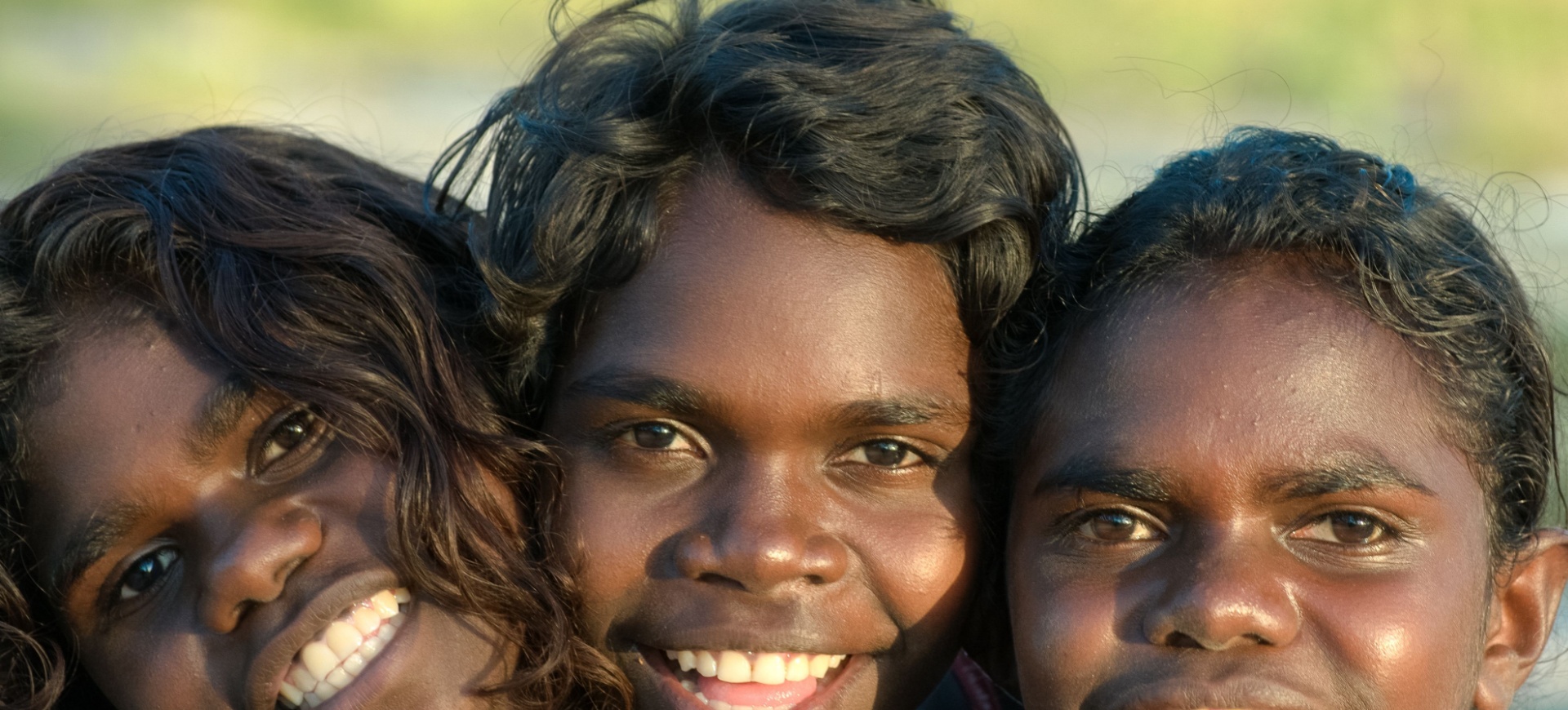The disability divide
The COVID-19 pandemic has brought global challenges, but for people with disabilities – who already face barriers accessing health care on an equal basis with other citizens – the difficulties are multiplied
According to information obtained by the International Disability Alliance, its partners and members, many persons with disabilities are deprived of health care for COVID-19 and face physical, financial and attitudinal barriers to accessing health care on an equal basis with other citizens. These barriers include discrimination in triage, unaffordable medication, inability to leave home to access essential health care and lack of access to medication. IDA has also received alarming testimonies that persons with disabilities were denied or deprived of life-saving treatment for COVID-19, resulting in many preventable deaths.
We have also documented how information about the pandemic has not been provided in formats and channels of communications that persons with disabilities use. Even the United Nations bodies have failed to provide information and briefings in accessible formats such as using sign language, captioned media, Braille, augmentative and alternative communication, and other accessible means. As such, many websites are not accessible for those who use screen-reader software. There was very little information produced in plain language or easy-to-read forms, thus not reaching people with intellectual disabilities.
Governments around the globe also have failed to ensure that persons with disabilities have access to basic non-COVID–related medical supplies, rehabilitation and therapies during the pandemic.
Persons with disabilities and their family members encounter multiple barriers to accessing medication. These barriers include unaffordable medications, no transportation and the inability to leave home due to curfews, and loss or lack of personal assistance services.
In response to this shocking news, the International Disability Alliance and our members quickly adjusted our working methods and priorities. At the very outset of the global pandemic, we joined efforts with the International Disability and Development Consortium to establish a task force to bring an inclusive response to the crisis. We established two working groups on ‘Advocacy and Human Rights Violations’ and ‘Communications and Media Outreach’. Our strategic response was built on four main pillars:
1. Collecting and widely publishing quantitative and qualitative data on the experiences of persons with disabilities.
We joined with six key partners to shape the COVID-19 Disability Rights Monitor and conduct a global survey in 22 languages. The Voices of Persons with Disabilities during the Pandemic is another initiative by the IDA secretariat to publish stories from persons with disabilities and their family members sharing their experiences.
2. Providing a safe and interactive platform for persons with disabilities and disability rights advocates to exchange their experiences, coping mechanisms and achievements worldwide. For this purpose, we ran accessible discussions on Facebook Live in different time zones and languages. In addition, we organised webinars for under-represented groups such as women and youth with disabilities.
3. Advocating for change. As the global representative of persons with disabilities and their organisations, in collaboration with the IDDC the IDA used its unique status to influence the global approach to disability in addressing the pandemic. For this purpose, we implemented three global campaigns, starting with an Accessibility Campaign, then switched to an End-Discrimination Campaign, and ended with a campaign on Rebuilding a More Inclusive Future for All, simultaneously with the High-Level Political Forum 2020. In particular, we submitted two letters to the World Health Organization: the first to express our deepest concern about discriminatory triage protocols and to urge the WHO to take immediate measures to ensure equal rights and dignity for persons with disabilities. This public request played a significant role in drawing the attention of the head of the WHO and many other key global actors to the issue and to direct and explicit condemnation of any such discriminations.
The second letter was submitted as a part of our Accessibility Campaign in which we requested that the WHO along with other UN bodies ensure that information and communication included and was accessible to persons with disabilities. Shortly after we submitted this letter, the WHO started providing live captioning on its global briefings that facilitated access for hard of hearing persons. Another example was our joint statement for the World Health Assembly and our reaction to the final resolution of the assembly welcoming the positive points and highlighting the gaps.
4. Building capacity and informing government officials about disability-inclusive COVID-19 responses. As an example, we organised a series of webinars exclusively designed for government officials to discuss different areas of concern for persons with disabilities during the pandemic, introducing practical, feasible steps to address them. In particular, we invited disability-inclusion experts to brief participants about their obligations towards persons with disabilities to ensure their equal access to healthcare services and information and how to fulfill those obligations.
Future concerns
The IDA continues to monitor the situation of persons with disabilities in different phases of the pandemic, including reopening and the new normal, as well as second waves in several countries. We continue to collect information and react to new developments. One particular challenge we expect regarding equal access to health care would arise when a vaccine is introduced globally. We are concerned that the new vaccine would be designed to provide immunity to the mainstream population without proper and equal consideration of the needs and limitations of different groups of persons with disabilities, in particular those with underlying health conditions or with more vulnerable immune systems.











